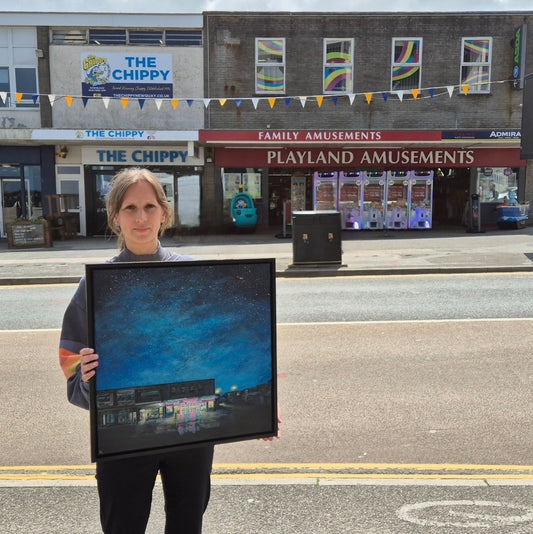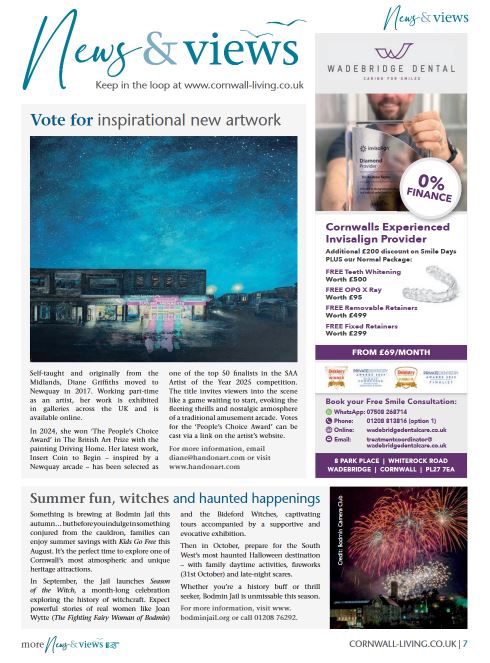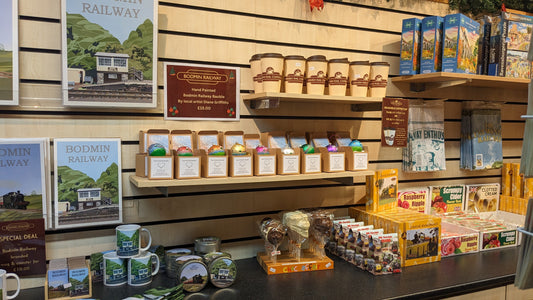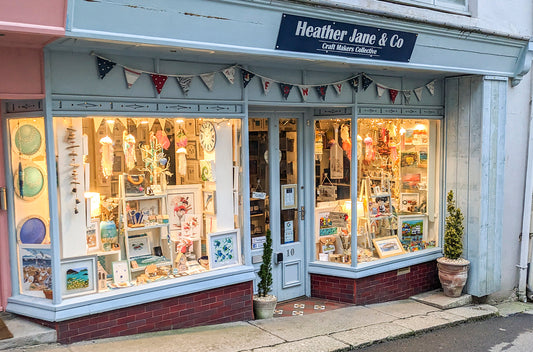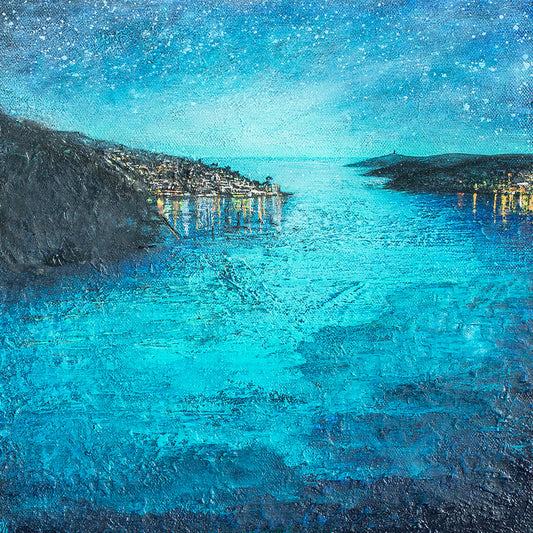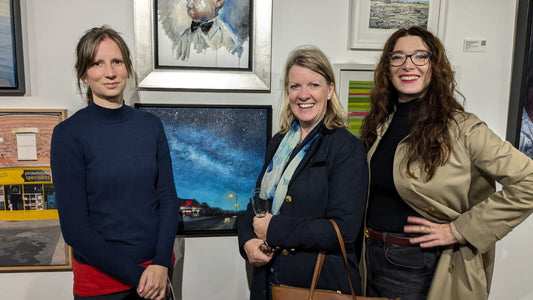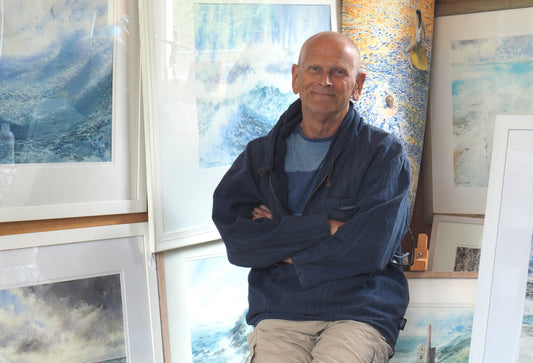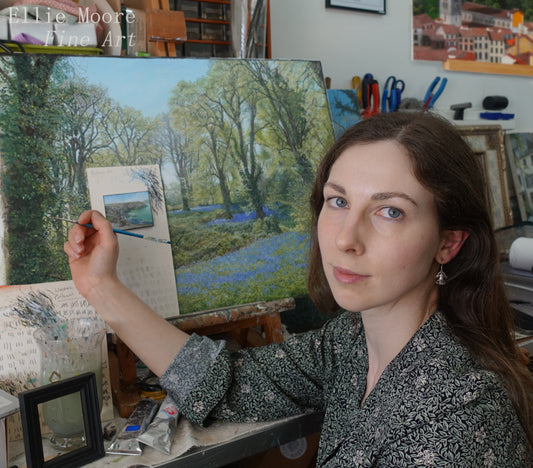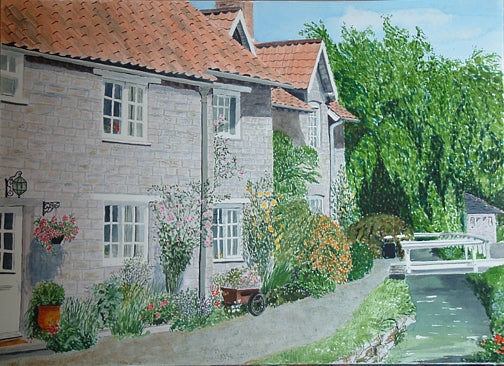6 Strategies To Help Anyone Start An Art Collection
Share
Art Collections; Anyone can buy and collect art, you don't need any previous knowledge or experience; you don’t need a degree in art history or past experience in collecting art, you just need appreciation!
Are you interested in starting an art collection? Do you have some art and want to call it a collection but not sure if that’s the right thing to do?
There is a difference between buying art to fill your home and collecting art – so you need to be sure which one you’re trying to do.
6 Strategies To Help Anyone Start An Art Collection
1. Learn what you like
The abundance of art is intimidating; art in galleries, businesses, public spaces; online websites just to name a few, so where do you start?
There is no shortcut – you need to research, evaluate and buy art.
Consider the following questions:Don’t forget that you are still buying for your own personal enjoyment and appreciation of the artwork.
I have known people to start really small and just buy greeting cards of artwork they love; they start building up a collection and a better understanding of what they really appreciate.
2.Find out more about the artist
- Their birth date (and death if applicable).
- Where they live and work.
- Background on the artist website.
- Third party galleries who review and feature the artist.
- Any solo or in group exhibitions.
- Awards, prizes and grants the artist has received.
- If any public, private or corporate collectors who own the artist's art.
- Their education and career.
- Publications that mention the artist.
- Organizations the artist belongs to.
You can use this information to find out a bit about the artist; who they are and how established their career is. This is important when considering the price of the artwork; the more established and respected they are, the higher they charge. Essentially the more people who recognise the artist’s name the better.
On top of knowing a bit about the art, consider how important their art is. What I mean by this is take a look at the full portfolio of the artist. Is the piece you’re interested in a good example of a particular style of art they do and is it one of their stronger pieces? When you know the full range of the artist’s work you can understand how the particular piece fits into the story. It might be one of their first experimental artworks in a certain style, or it might be a strong example of their style.
Is it their main style or an off-shoot?
Is it one of their more complex labour-intensive artworks (major work) or a lighter style which mostly likely didn’t take them as long to paint (minor work)?
Major works tend to do better in the marketplace over time.
Is it possible to see the work first-hand rather than just online? If you can see it in person, inspect the work. Check the front, back and sides – ensure there are no dents or scratches. Check for the signature of course and any other written description/label on the back.
3. Know the marketplace
Check out the art world. How do you know what type of art you like unless you know what type of art is out there?
Learn the different art periods and prominent artists of those periods. Art history books are a good source for this. Don’t forget about the contemporary art – this is often the most affordable art. If you want to know what or who is trending you can check out art magazines and newspaper reviews.
However if you want to get ahead of the trends – look for what you like and then learn about the artist. It's a process of discovery about your art tastes; themes, subject matter, genre, medium, style.
4. Is it the right price?
Let’s talk money now, you are on the verge of buy an artwork, but are they asking a fair price for it? Don’t consider what the future price might be; is it a fair price today? Any product or service is only valued at the price that people are willing to pay for it.
Remember, every piece of artwork is unique, that’s not a selling point. Look for similar works of art in order to compare prices. Consider similar size, style, subject matter, medium. If you are buying through a gallery or dealer, ask them for information about previous sales of the artist’s work.
Again, as mentioned above – the more known and credible the artist, the more expensive the artwork.
Don’t think that you have to buy from an artist who exhibits regularly or is well-known though; getting in on the ground level with emerging artists and supporting developing talent is also valid.
If you want to pay less than the listing price you could put in an offer, but please don’t do this just to get a better deal, if you put in an offer, do so with a reason why. Otherwise this devalues the experience and isn’t fair to the artist.
5. When you purchase
When you make an artwork purchase ensure you capture all incidental information:
- Save all receipts, certificates of authenticity and any other relevant documentation.
- Save any related books, catalogues, brochures or reviews.
- Keep note of what the art means according to the artist or to the gallery that sold it to you.
- Has this painting ever won a prize or made the news?
- Biographical and career information about the artist.
- If possible get the artist to sign any collateral; it may be worth extra in the future.
- Find out whether the artist has ever been exhibited in public, written about or featured in any other way.
- Even go so far as to jot down any memorable moments about making the purchases.
This type of extra information is easy to get and brings you closer to your art.
Bargains often only seem like bargains in retrospect if and when an artist has ‘made their name’. So every purchase involves an element of risk. Remember, you don’t have to be rich to be an art collector – there are many excellent but affordable artworks.
Good documentation increases the value of the art; it confirms the authenticity of the art but also the art’s collectability, desirability and ultimately the market value. Not only the original purchase price and details about the piece, but any interesting background adds value. People love a good story.
6. Be informed and cohesive
Once you know what you like and have a fair idea of the marketplace, you now need to be able to buy multiple pieces of art in a way that you can make a collection or meaningful grouping of art.Ideally you would have a plan on how to accumulate a collection, rather than just purchasing art on a piece-by-piece basis.
While there is talent in creating art, there is also talent in selecting and grouping together artists and painting. Collectors can get themselves to a place of authority; where they could even set trends and influence the future of art.
Don’t ignore what you like in order to collect what you think you should collect.
Heard the cliché don’t put all your eggs in one basket? This works for art as well. You may like a particular artist or buying from a particular gallery, but ensure you stay varied and can allow your collection to evolve. Otherwise you’re dependent on what the gallery tells you.
Ensure you know the marketplace.
As you develop your collector’s eye, you will develop an eye, not just for the beauty of an artwork, but understand how ‘good’ that artwork is. Is it a great example of a particular style from the artist. Does it fill a ‘gap’ in the collection?
Do you want a collection that spans time, a century or decade? Do you want art from a certain location or spans the world?
Conclusion
So many questions and so much art to choose from. In summary take the above steps, be considered in your approach but make sure you enjoy it.
Start your Art Collection Today!
Take a look the latest available original paintings by Cornish artist Diane Griffiths.

